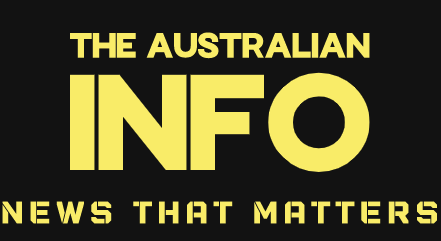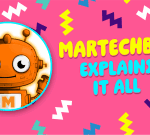Last year, I wrote about three ways marketers could use generative AI without copywriting, and the response surprised me. Many of us are looking for ways to harness this tech without handing over our keyboards (or our brand voice).
Since then, I’ve found even more smart, strategic ways to use AI. Not to replace marketers, but to make our work more efficient, creative and a little more fun.
Here’s the next installment: three additional, real-world marketing use cases where generative AI can save time, spark ideas and help you get better results. No “write a blog post” prompts. No “generate 10 headlines.” Just practical, high-leverage tasks where AI becomes the assistant you didn’t know you needed.
1. Curating third-party email newsletter content: AI as your digital research assistant
- Tool: My custom newsletter curator GPT
The best email newsletters include third-party, non-promotional content in their email newsletters: industry articles, news and thought leadership. But many marketing teams don’t have time to sift through the noise to find the good stuff. They have subject matter expertise. They know what’s worth sharing, but carving out hours to comb through dozens of articles every week? Not happening.
That’s where generative AI comes in. I use it to scan approved sources (i.e., industry blogs, trade sites, even podcast transcripts) and surface a shortlist of solid content. As with most AI use cases, quality input is key to success. Rather than simply asking for items in an industry niche, it’s more effective to:
- Upload detailed descriptions of the target audience, including the online resources they use.
- Add a time frame (for example, exclude anything published more than two months ago).
- Include a list of competitors to ensure nothing written by or mentioning them makes it into the mix.
Could I do all this myself? Sure. I used to, all the time. I’d pick up industry intel quickly and could usually tell in a few sentences if something was worthwhile for the target audience. But why spend 90 minutes doing something when a smart assistant can take a first cut and tee up the most relevant content candidates for me? Then, it takes me 20 minutes or less to review and choose the top options to present to my client.
Important caveat: I don’t use this for my email newsletter. I am lucky to have a fantastic editor who curates the content with an expert eye and deep knowledge of the email marketing industry. She does this better than AI ever could (and she’s probably reading this, so yes, your job is safe for as long as you want it).
That said, for busy teams or groups who can’t find and/or afford a subject matter expert newsletter editor, AI is a game-changer here. It doesn’t replace your editorial brain. It helps you focus that brain on the highest-value work, like shaping the narrative and adding context.
If you’re trying to scale curated content and drowning in open tabs, let AI do the heavy lifting. Just keep a human on quality control.
Dig deeper: How to make your content stand out in the ocean of AI slop
2. Streamlining document development: A ‘mini-me’ that speeds up the work
- Tool: My custom proposal architect GPT
I’ve always had a system for writing proposals. I never started from scratch. I started with a past proposal that worked. Superstitious? Maybe. But why mess with success? I’d repurpose sections from engagements where the client had signed, then edit line by line to tailor it for the new prospect.
That approach worked well but was still time-consuming, so I built a custom GPT trained on my library of successful proposals. Now it helps me make new ones faster, one section at a time.
- First, I ask the GPT to write the prospect overview — a short paragraph or two describi





